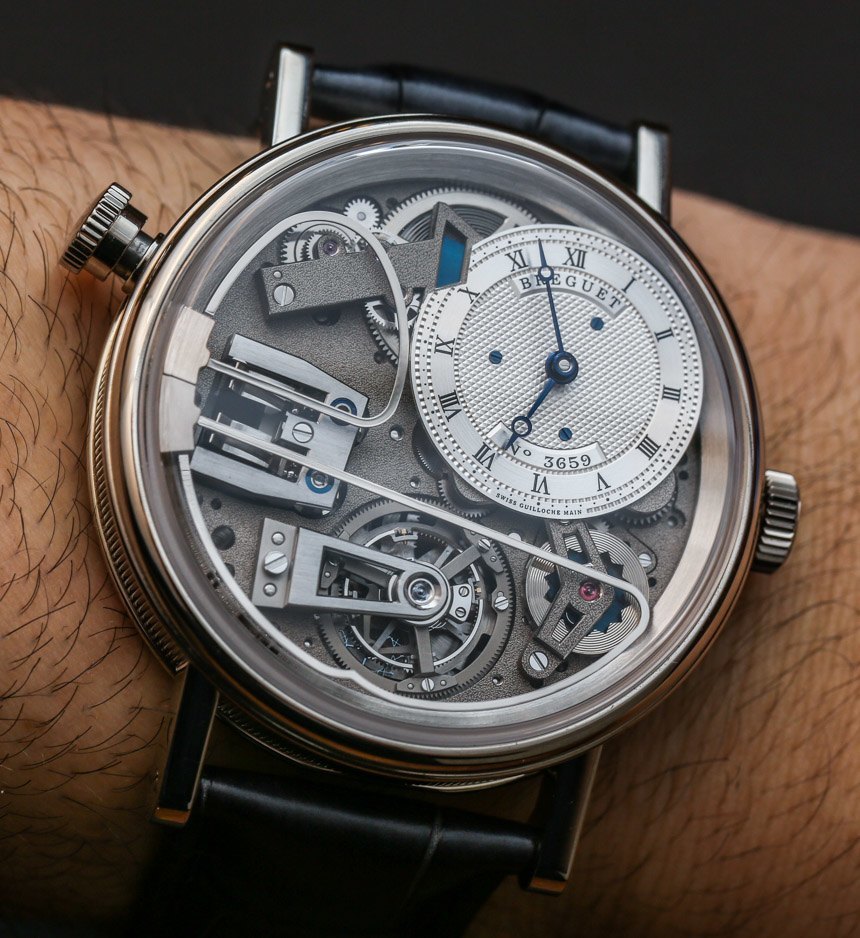

The first and second hammers will then sound in unison to indicate that it is quarter past the hour. When the minute repeater is activated, the first hammer will sound three times. This will produce a third distinct sound that will aid in indicating the minutes that occur after quarter past the hour. There is, however, a combination of the two hammers. Similarly, the second hammer is the minute indicator, and it emits its own distinct sound, which is usually of a higher pitch. The first hammer is the hour indicator, and it makes its own distinct sound, which is usually a lower tone. When you do this, two hammers are activated. Simply push the slide to activate the minute repeater. Minute repeater watches have a slide on the side of the watch case. Now that you’ve learned a little more about the minute repeater, let’s look at how you can use one to tell time. Finally, the minute repeater can be wound independently of the timekeeping components. Watchmakers typically accomplish this by varying the thickness and shape of the gongs that produce the sound. Furthermore, for a minute repeater to be effective, the hour and minute tones must be distinct. The sound produced by the mechanism is influenced by every aspect of the watch’s design, right down to the case’s construction.

It’s not just the inner workings that are at stake here. Aside from the spatial arrangement, there are acoustics to consider, which aren’t usually a part of a watchmaker’s design process. Nonetheless, making room for a complication like the minute repeater is a relatively common problem for watchmakers. However, in its modern incarnation, the minute repeater is still a fairly large mechanism. Since the early bells and chimes, the repeater mechanism has arguably advanced exponentially. The Minute Repeater’s Technical Difficulty In this section, we’ll look at how the minute repeater works and how it’s used in modern watches. This complication, however, has a certain allure that has withstood the test of time. The original purpose of the minute repeater is no longer required and may appear archaic today. Unlike earlier repeaters, which chimed automatically on the hour or quarter hour, the minute repeater could chime on demand by activating the mechanism on the watch. The original purpose of the minute repeater was to help people tell time in the dark before electricity was invented. The first minute repeater would not appear until the next century. Nonetheless, these early repeaters only chimed every hour or quarter hour. Quare, on the other hand, was the one who obtained the patent in 1687. In the late 1600s, both Edward Barlow and Daniel Quare claimed to have invented the first repeating mechanism. The minute repeater is one of the most unique, complex, and labor-intensive watch complications. Minute Repeater’s Historical Applications


 0 kommentar(er)
0 kommentar(er)
